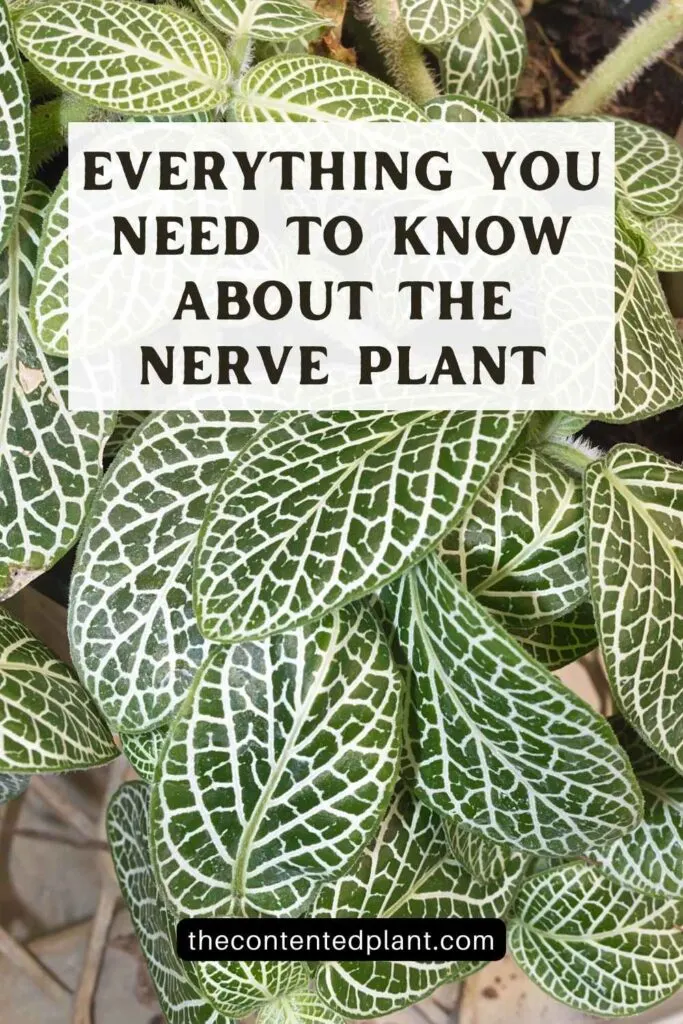The nerve plant is a popular houseplant with striking green leaves and bright veining running through the leaves. This plant makes a great trailing, or table top plant.
The nerve plant was first discovered in the 19th century by Botanists Sarah May and Elizabeth Fitton. The nerve plant grows in the South American rainforests and can often be found in Peru.
This houseplant can be fairly finicky with its care needs. If you follow a few simple care tips and tricks, you should be able to grow it successfully.

This plant gets its name from the striking veining pattern that runs through the green leaves.
The Fittonia plant can be very dramatic. It will wilt if it needs water and look like it’s ready to give up on life. Just give it a good soaking and it will pop right back up again. We all love a good drama queen right? It will want lots of humidity to mimic the rainforest environment that it is native to.
You can purchase this plant from your local nursery or greenhouse. It is readily available in most local shops. However, if you have a difficult time finding it you can check online. I purchase most of my plants from Etsy and have had great success.
Purchase Nerve Plant on Etsy
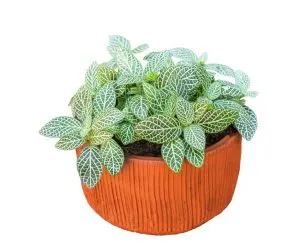
The Fittonia plant likes to have evenly moist soil. It is best not to let it get to the wilting point. If you keep it on an even watering schedule with the right quick draining soil combination, it will stay happy. This plant like most houseplants is susceptible to root rot. Always ensure you have your plant potted in a pot with a drainage hole and do not overwater.
Other similar houseplants:
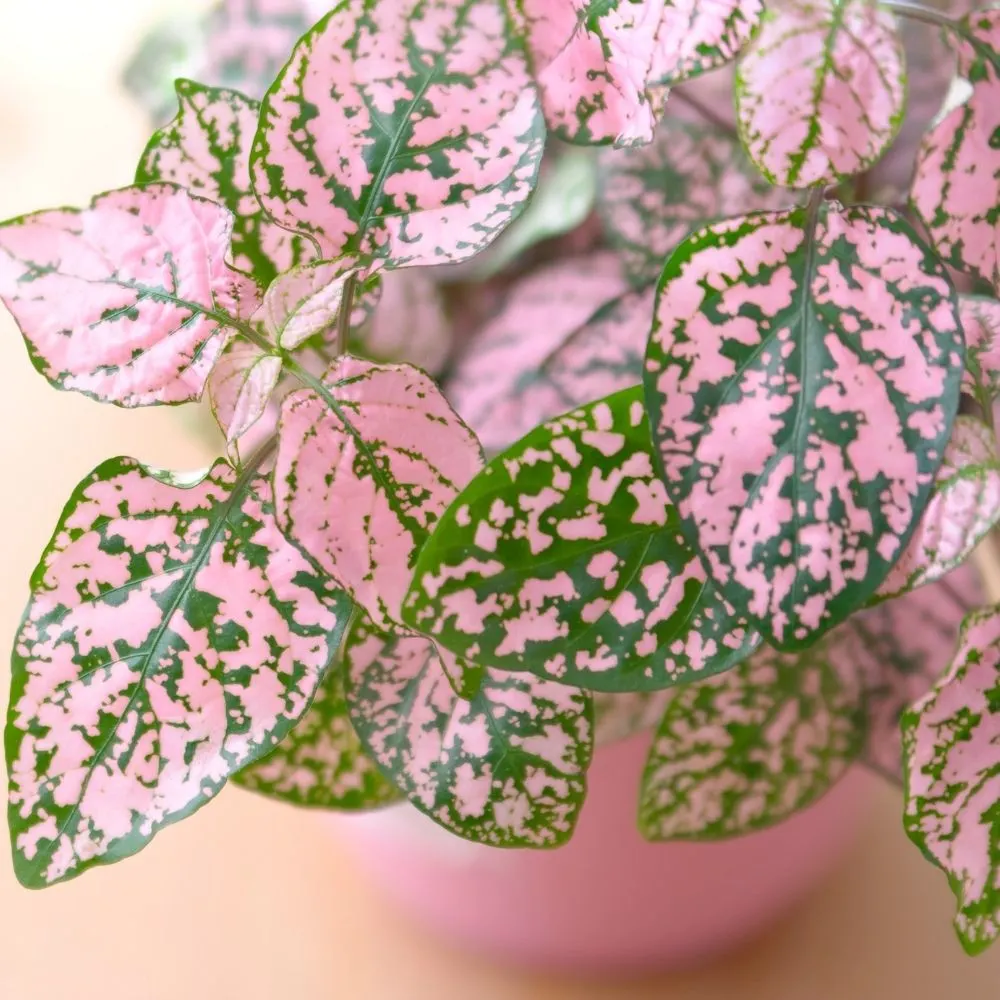
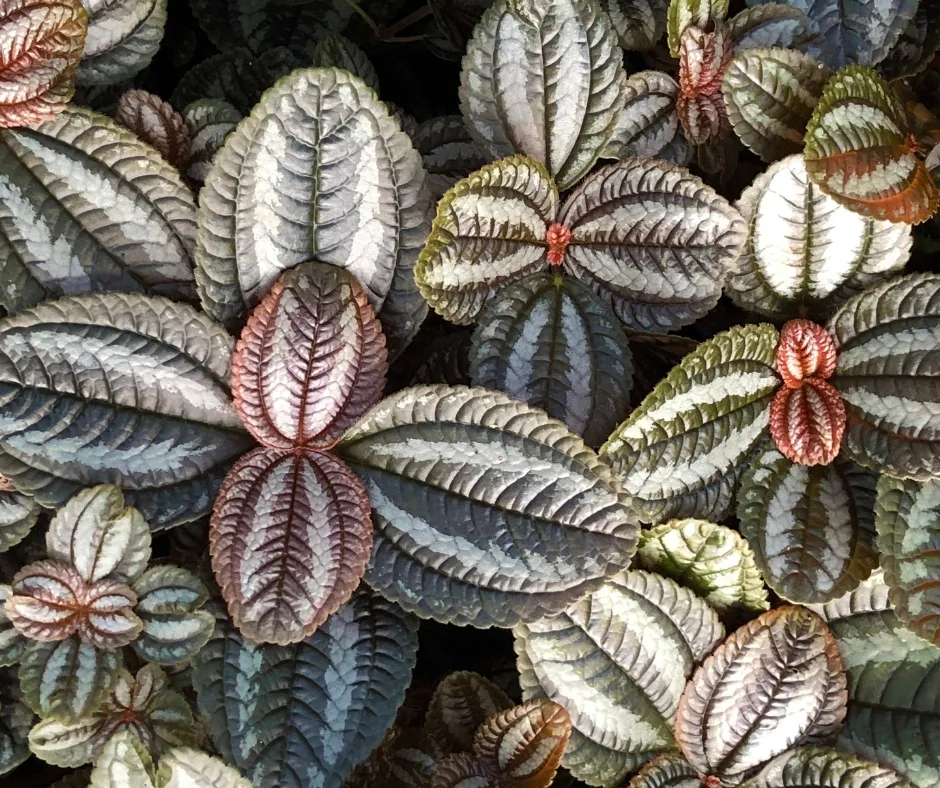
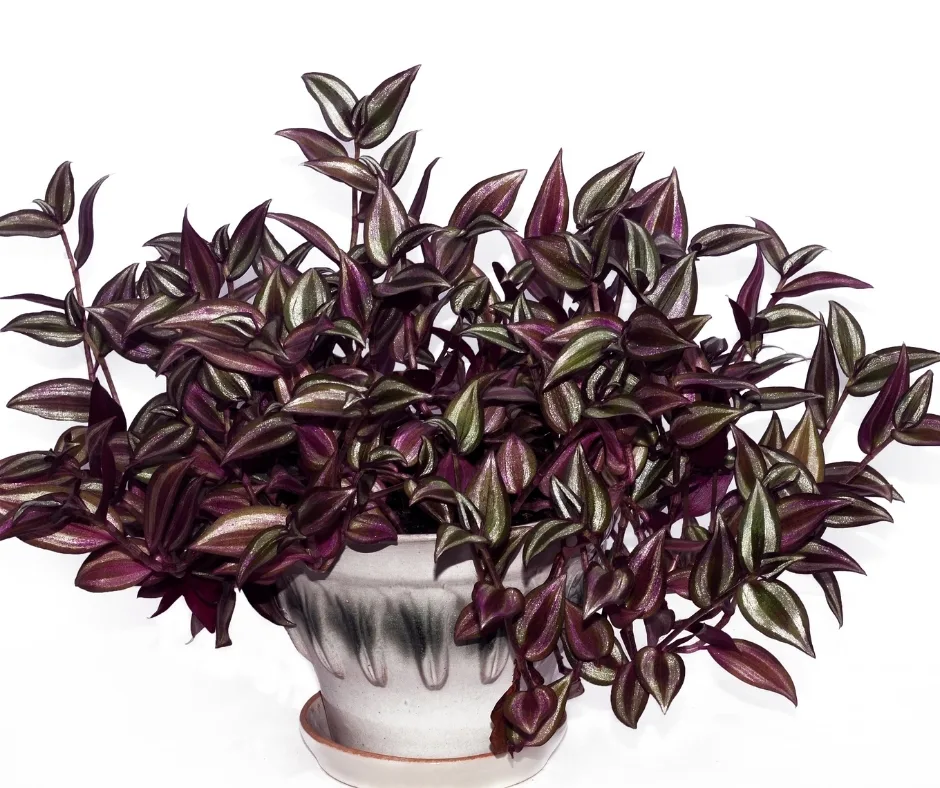
We have put together an easy to read and printable care guide detailing all of the basic care needs for your plant.
Nerve Plant Care Guide
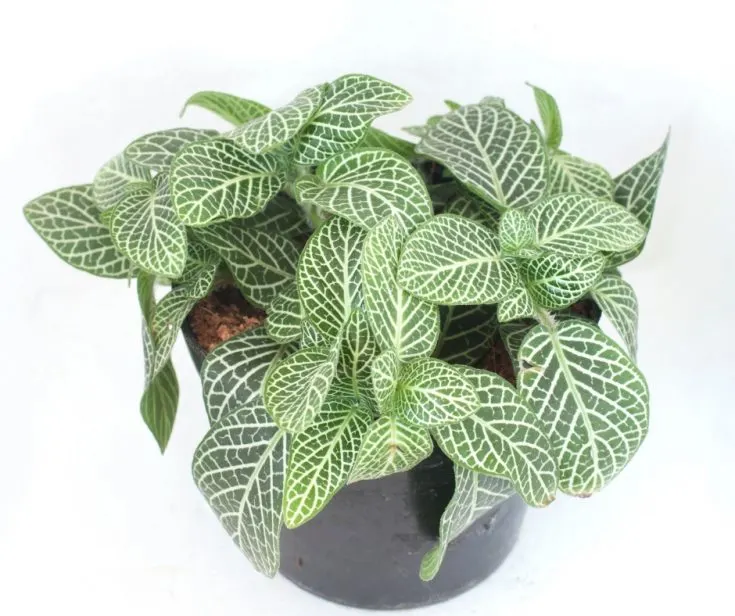
The nerve plant makes a great addition to any houseplant collection. This plant features bright green leaves with striking veining pattterns running throughout the leaf.
This plant is great for tabletops, as a trailing plant, or even as a ground cover in warmer climates.
This Care Guide will teach you how to keep this plant happy all through the year.
Materials
- Perlite
- Peat based potting soil
- mask
- Fertilizer
Tools
Instructions
Soil Preference:
- nerve plants prefer a rich well draining soil. The roots will rot if they sit in moist compacted soil for extended periods. Wet soils also encourage fungus gnats.
- A good peat based potting soil and perlite mix will keep the roots happiest.
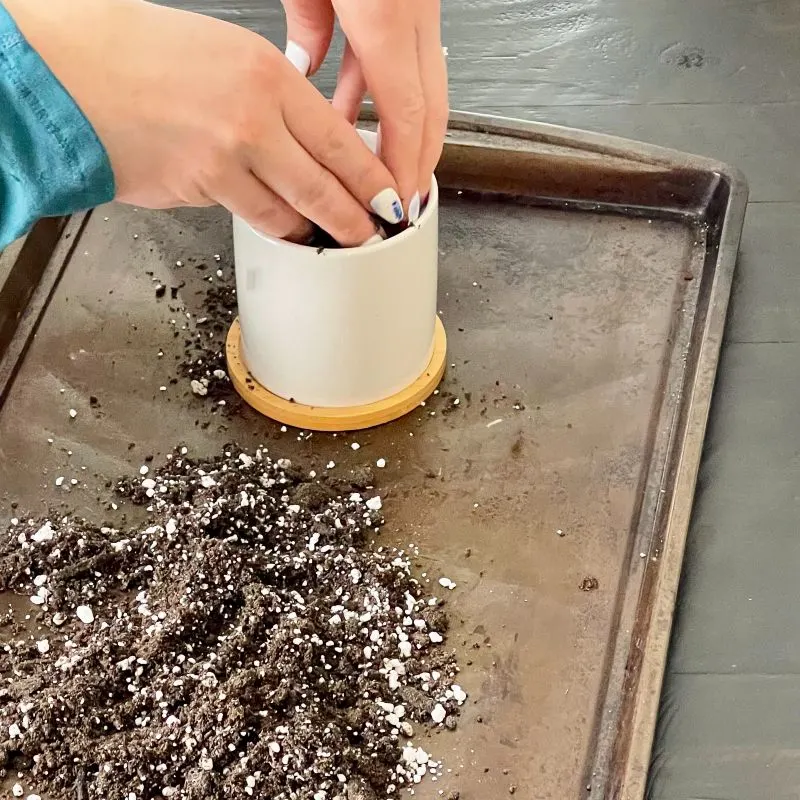
- Make sure your pot has drainage at the bottom. Do not use a pot with no drainage holes for this plant.
Pot Size and Type:
- The nerve plant plant can grow in many different kinds of pots, I like to plant mine in ceramic pots with a drainage hole.
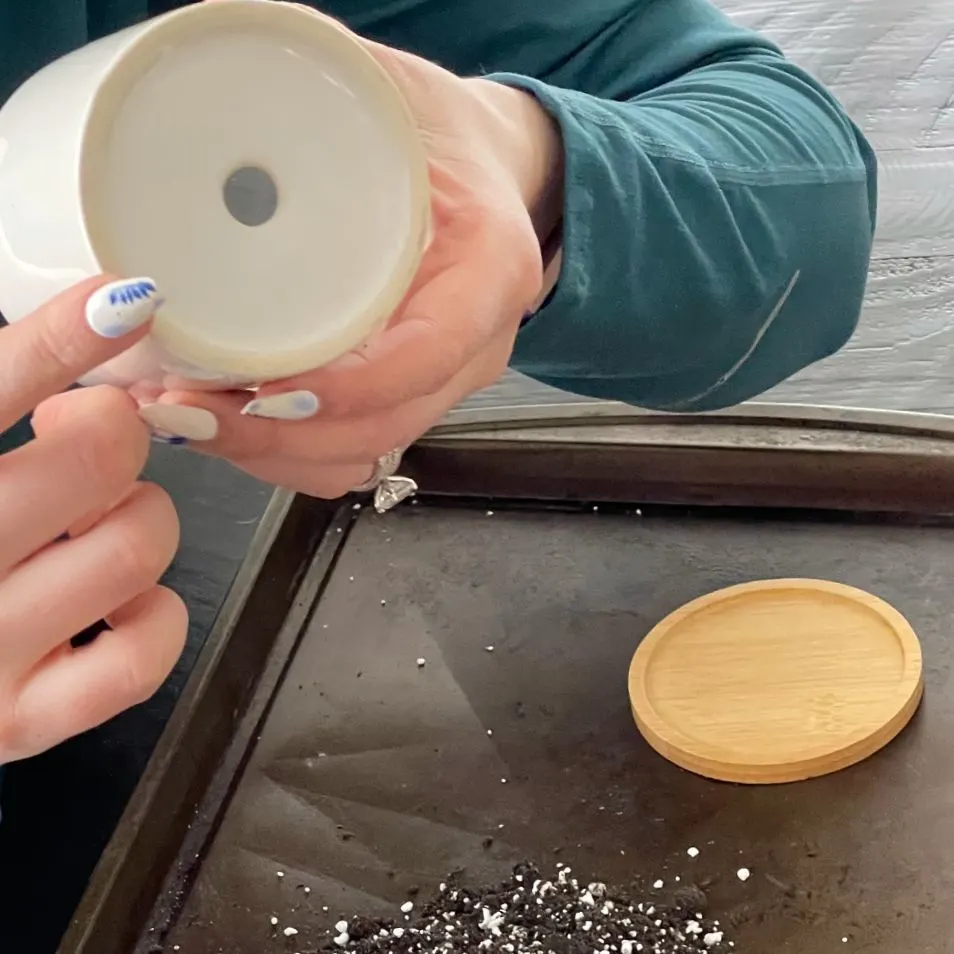
- Repot every second year or when the soil breaks down or roots come out the drainage holes on the pot bottom To the next pot size up. Don't jump to a huge pot from a small one. Just go to the next size up pot.
Lighting:
- nerve plants will grow well in bright indirect light.
- It will also grow in lower light conditions. However, you may lose some of the striking coloring on the leaves. Your nerve plant may also become leggy as it stretches towards the light.
- Make sure the nerve plant isn't sitting in constant direct sunlight. The leaves can be sunburned with hot direct sunlight.
- Some filtered sunlight from a window will be fine with periods of direct light. Just watch the leaves. If they fade move your plant.
Watering:
- Water your nerve plant when the soil is dry an inch down.
- Nerve plants do enjoy humidity. They will benefit from sitting on a wet pebble tray, bottom watering and occasional misting.
- Watering is best done on a regular schedule so the plant is not over or under watered. Both can cause stress on the plant.
- The recommendation for watering is every 1-2 weeks.
- Brown tips may indicate watering problems.
- Never let this plant get wet feet. Heavy wet soils cause root rot and attract Fungus Gnats.
How to Fertilize:
- Apply a good quality fertilizer (linked in materials) monthly through Spring and summer.
- Decrease feedings by late Fall and allow the polka dot plant to rest through the winter months.
- Brown tips may indicate too much fertilizer.
- It does enjoy the occasional feeding but keep the dose light. Try diluting the fertilizer by 50% for this plant.
Temperature:
- The nerve plant will do best in temperatures between 60-80 degrees F.
Pruning:
The nerve plant needs frequent pinching back to keep it in good shape. This plant tends to grow leggy. Especially in lower light conditions.
- Check the plant Weekly when you water for long stems.
- Snip or pinch back any long stems down to the next set of leaves.
- Regular light pruning or pinching is preferable to occasional intense pruning of several branches. Over pruning of a leggy plant will not give you the best shape.
Pests:
- Nerve plants are resilient plants. However all plants can get attacked by pests.
- Stress by longterm overwatering, poor light, extreme temperatures and soil conditions are contributors to plant stress..
- Nerve plants are most susceptible to mealy bugs.
- If you see a white cottony mass on the leaves or the white fuzzy mealy bug dip a cotton swab in rubbing alcohol and touch the bug to make it fall of the plant.
- Spider mites, mealy bugs, scale, thrips and whitefly are the most common houseplant pests you will see on all plants.
- Read our post on How to get rid of aphids and other pests with our homemade pesticide soap recipe or neems oil.
- To minimize the possibility of pests be sure to check all nursery plants before bringing them home.
- Quarantine all new plants until you are sure no pests live in them.
Non Toxic to cats and dogs:
This plant is non toxic for cats and dogs.
How to Propagate:
- Propagation is by stem cuttings.
- Cut a long stem and strip off all but the two top leaf groups.
- Set the cuttings into water or wet soil.
- In several weeks it will root.
- Plant the water cuttings when the roots are an inch long or so.
Notes
The nerve plant is a simple plant with the right care. The top tips are, keep an even watering schedule, and keep the humidity high for this plant
You can read all about the Fittonia plant family. It is a really interesting plant genus. I hope this article answered your basic questions and care needs for this plant. If you have questions please leave them down below and I will do my best to help you out.
Follow Us:
Find us on YouTube, Instagram , Pinterest and TikTok! We love to Plant chat. We also comment, like and occasionally share your content to our daily stories. We’d love to see your plants. Share your joy in your houseplants. Happy Planting!
